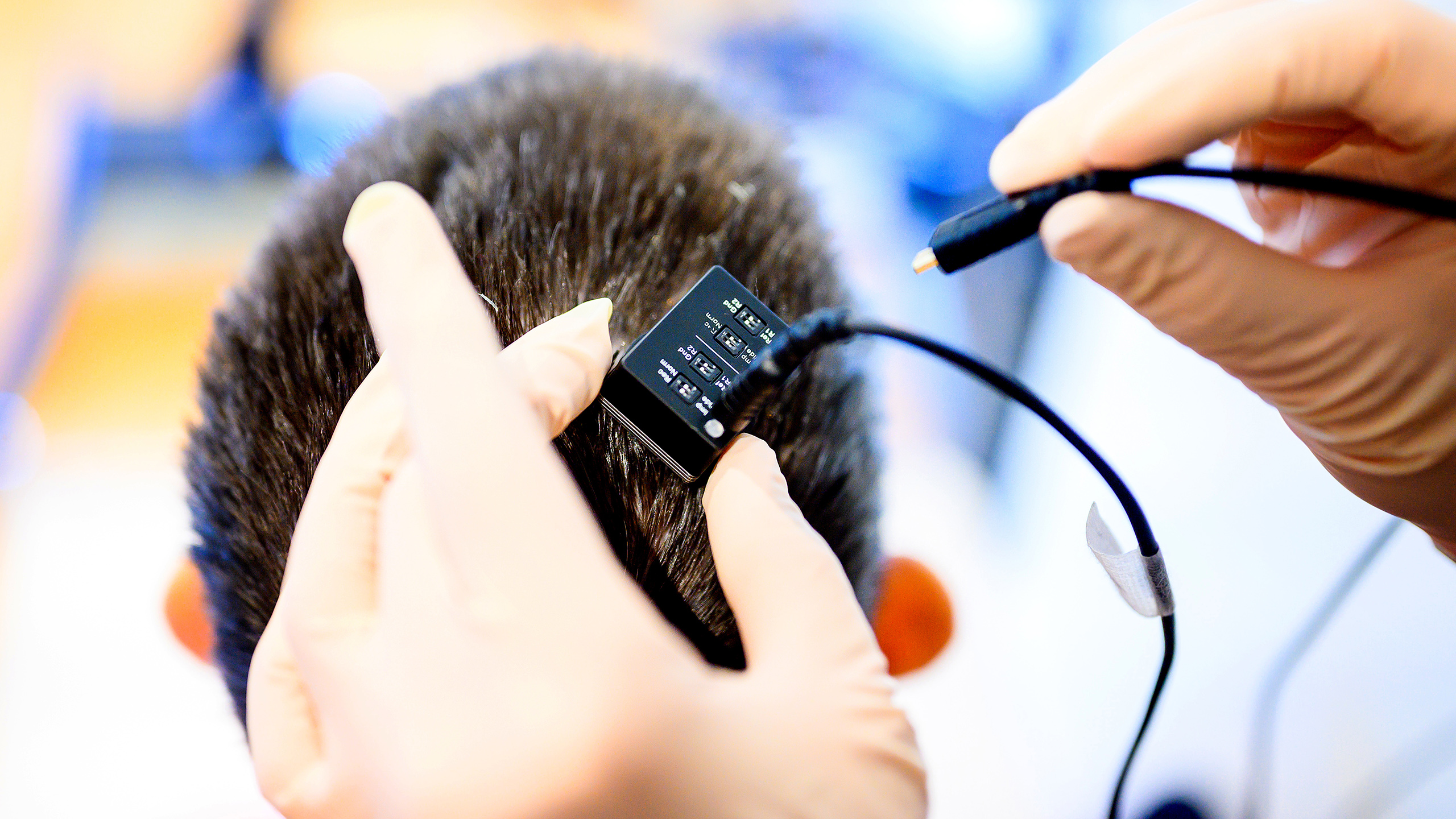For years, America’s most iconic gun-makers turned over sensitive personal information on hundreds of thousands of customers to political operatives.
Those operatives, in turn, secretly employed the details to rally firearm owners to elect pro-gun politicians running for Congress and the White House, a ProPublica investigation has found.
The clandestine sharing of gun buyers’ identities — without their knowledge and consent — marked a significant departure for an industry that has long prided itself on thwarting efforts to track who owns firearms in America.
At least 10 gun industry businesses, including Glock, Smith & Wesson, Remington, Marlin and Mossberg, handed over names, addresses and other private data to the gun industry’s chief lobbying group, the National Shooting Sports Foundation. The NSSF then entered the gun owners’ details into what would become a massive database.
The data initially came from decades of warranty cards filled out by customers and returned to gun manufacturers for rebates and repair or replacement programs.
A ProPublica review of dozens of warranty cards from the 1970s through today found that some promised customers their information would be kept strictly confidential. Others said some information could be shared with third parties for marketing and sales. None of the cards informed buyers their details would be used by lobbyists and consultants to win elections.
[…]
The undisclosed collection of intimate gun owner information is in sharp contrast with the NSSF’s public image.
[…]
For two decades, the group positioned itself as an unwavering watchdog of gun owner privacy. The organization has raged against government and corporate attempts to amass information on gun buyers. As recently as this year, the NSSF pushed for laws that would prohibit credit card companies from creating special codes for firearms dealers, claiming the codes could be used to create a registry of gun purchasers.
As a group, gun owners are fiercely protective about their personal information. Many have good reasons. Their ranks include police officers, judges, domestic violence victims and others who have faced serious threats of harm.
In a statement, the NSSF defended its data collection. Any suggestion of “unethical or illegal behavior is entirely unfounded,” the statement said, adding that “these activities are, and always have been, entirely legal and within the terms and conditions of any individual manufacturer, company, data broker, or other entity.”
The gun industry companies either did not respond to ProPublica or declined to comment, noting they are under different ownership today and could not find evidence that customer information was previously shared. One ammunition maker named in the NSSF documents as a source of data said it never gave the trade group or its vendors any “personal information.”
ProPublica established the existence of the secret program after reviewing tens of thousands of internal corporate and NSSF emails, reports, invoices and contracts. We also interviewed scores of former gun executives, NSSF employees, NRA lobbyists and political consultants in the U.S. and the United Kingdom.
The insider accounts and trove of records lay bare a multidecade effort to mobilize gun owners as a political force. Confidential information from gun customers was central to what NSSF called its voter education program. The initiative involved sending letters, postcards and later emails to persuade people to vote for the firearms industry’s preferred political candidates. Because privacy laws shield the names of firearm purchasers from public view, the data NSSF obtained gave it a unique ability to identify and contact large numbers of gun owners or shooting sports enthusiasts.
It also allowed the NSSF to figure out whether a gun buyer was a registered voter. Those who weren’t would be encouraged to register and cast their ballots for industry-supported politicians.
From 2000 to 2016, the organization poured more than $20 million into its voter education campaign, which was initially called Vote Your Sport and today is known as GunVote. The NSSF trumpeted the success of its electioneering in reports, claiming credit for putting both George W. Bush and Donald J. Trump in the White House and firearm-friendly lawmakers in the U.S. House and Senate.
In April 2016, a contractor on NSSF’s voter education project delivered a large cache of data to Cambridge Analytica
[…]
The data given to Cambridge included 20 years of gun owners’ warranty card information as well as a separate database of customers from Cabela’s, a sporting goods retailer with approximately 70 stores in the U.S. and Canada.
Cambridge combined the NSSF data with a wide array of sensitive particulars obtained from commercial data brokers. It included people’s income, their debts, their religion, where they filled prescriptions, their children’s ages and purchases they made for their kids. For women, it revealed intimate elements such as whether the underwear and other clothes they purchased were plus size or petite.
The information was used to create psychological profiles of gun owners and assign scores to behavioral traits, such as neuroticism and agreeableness. The profiles helped Cambridge tailor the NSSF’s political messages to voters based on their personalities.
[…]
As the body count from mass shootings at schools and elsewhere in the nation has climbed, those politicians have halted proposals to resurrect the assault weapons ban and enact other gun control measures, even those popular with voters, such as raising the minimum age to buy an assault rifle from 18 to 21.
In response to questions from ProPublica, the NSSF acknowledged it had used the customer information in 2016 for “creating a data model” of potentially sympathetic voters. But the group said the “existence and proven success of that model then obviated the need to continue data acquisition via private channels and today, NSSF uses only commercial-source data to which the data model is then applied.”
[…]




